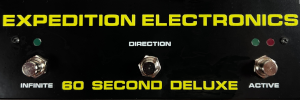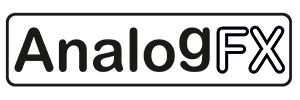Saturday, March 24, 2018
A brief look at the basics of the beautiful Strymon Magneto
Published on Mar 24, 2018 Sunshine Jones
"STRYMON MAGNETO
/////////////////////////////////////////////////////////
Here's a series of clips going over some of the basics of the beautiful Strymon Magneto - 4 Head Tape Delay Module:
1. REVERB
The reverb by itself
2. DELAY
Each delay by itself, feedback on head 4, and then head 1 and 4 together.
3. SHIFT MODE
Listening to how the heads create melodic accompaniment in shift mode. This mode is a simple switch on the left. Not a press and hold alternate mode. So it's immediately accessible mid performance. Nice touch.
4. QUANTIZE SHIFT
Here an arpeggio is created with heads 2, 3 and 4 in hold quantize mode, and then the tape speed is turned down, then up to hear pretty far out pitch changes.
This can be played via CV at 1V/Oct.
5. TRANSPORT
The delay is established , and then looped with the transport, reversed, and then paused and resumed.
I've been done a lovely favor and this module has been left in my care for the next two weeks. I haven't been able to find one of these for myself and have been seriously interested in what it's capable of.
Right out of the box I was not immediately delighted. But with a little study and some acknowledgement of how the device works I've come to see it as completely inspirational.
Things to explore:
- Playing it as an instrument via cv
- Creating feedback loops with the send and return
- Overdubs
- Cutting samples and using it as a looper
I haven't done these things yet, but as a delay, reverb (which you can set the dip switches and convert magneto into two independent effects of you like - but the stereo output --which I'm not positive you will be able to hear here-- is so beautiful that as cool as that is, you're gonna want stereo) are peaceful, authentic, warm, and so deeply textured that once you understand the way the delay times are distributed it becomes immediately absorbing and just superb.
I love this thing.
It's only day one and I'm already very sad that I'm going to have to give it back.
I hope this morning exploration illustrates this module clearly for you, and helps you see what it does, how it sounds, and inspires and informs you.
LOVE"
DIY analog synth project Steiner parker type VCF circuit (A new level of FATNESS !!)
Published on Mar 24, 2018 Adamski A.
"Hey guys , since the last Steiner parker filter video [posted here] , I still wasn't quite satisfied..... So I have yet again given the circuit an upgrade to achieve an even steeper cutoff slope and deeper low end response. I aimed for somewhere between 18-24db per oct and at the same time retaining the very controlled resonance response.
More sound demos to come very soon !!"
DSI PRO 2 Ambient Big Sky & REV 2
Published on Mar 23, 2018 Tarek Mansur
"I just got The Pro 2 and it's an amazing machine. Hybrid - Digital VS Analog. I used 3 oscillators for the Bass Drone.
The Big Sky does the reverb. I love it!!
The melodies are from The Prophet REV 2. I will do a video with only the Pro 2,
P.S - This was recorded on FHD 60 fps...
Looks like shit but now I know!
Enjoy!! :)"
Moognificat
Published on Mar 24, 2018 Moognificat
Playlist:
1. Bach WTC Book 1, Fugue 2 on Moog Synthesizer
A performance of Fugue No. 2 from The Well-Tempered Clavier, book 1 by J. S. Bach. All sounds are created with a Moog Sub 37 analog synthesizer and Reaper.2. Bach, "Mein Jesu" on Moog Synthesizer
This performance of J. S. Bach's Aria, "Mein Jesu," was created with only a Moog Sub 37 analog synthesizer and the Reaper DAW. The arrangement is based on the string orchestra setting by Leopold Stowkowski.3. Bach WTC Book 1, Prelude 6 - featuring Moog synth EDM
Commonly performed during Lent, the lyrics describe the anguish of Jesus Christ in the garden of Gethsemane on the night before his crucifixion. Bach masterfully captures the scene with rich harmonies and a mournful melodic line.
Mein Jesu! Was für Seelenweh befällt dich in Gethsemane
Bach meets EDM. This performance of the Well-Tempered Clavier, Book 1, Prelude 6 features a Moog Sub 37 analog synthesizer accompanied by Kontakt 5. Everything was recorded and mixed in Reaper.4. Purcell, Rondeau from Abdelazer, 8-bit version on Moog Synthesizer
The famous Rondo from Henry Purcell's incidental music to Abdelazer, realized in the style of 8-bit computer game music. Square waves and white noise provided entirely by a Moog Sub 37 analog synthesizer. This is the same rondo that Benjamin Britten used as the source material for his Young Person's Guide to the Orchestra.5. A Musical Guide to the Synthesizer (Moog Sub 37)
The sound of this almost makes you wish that Abdelazer was a real RPG...
A short demonstration of common synthesizer waveforms and basic filter/LFO effects. Tutti passages bookend short examples of square waves, sawtooth waves, and triangle waves. 100% of the sounds you hear were produced on a single Moog Sub 37 analog synthesizer and mixed in the Reaper DAW.
This video features an arrangement of Purcell's famous Rondeau from the incidental music to Abdelazer. This was also the source material for Benjamin Britten's "Young Person's Guide to the Orchestra. Britten's work is copyright protected, so the form of this arrangement is based on Purcell's original design. I'm sure knowledgeable listeners will still appreciate the homage.
Royalty-free images downloaded from pixabay.com.
Spirits Of The Temple Electric - Intruder At The Gates
Published on Mar 24, 2018 John L Rice
"Yet another installment of my 'Secrets Of The Temple Electric' series. More drones and noodlings for you! ;-)
Equipment Used:
Synth Tech MOTM-300 VCO x 4
Happy Nerding FM AID x 4
Moon Modular 517 VCF x 2
Moon Modular 526 Mixer x 2
Moon Modular 569 sequencer
Sinometer oscilloscope
Strymon BigSky and Timeline pedals
Roland RSP-550
Allen & Heath MixWizard"
The Moog Song Producer Advert Scan
via @RetroSynthAds
"Moog goodness - 1972,1985."
You can find some info on The Moog Song Producer in the archives. Remember to hit "Next" at the bottom of the page to get to more posts.
Converting a Wah Wah Pedal to Eurorack
A Pedal split in two: Converting a Wah Wah pedal to an Expression pedal and a Eurorack module
Published on Mar 24, 2018 יזהר אשדות Izhar Ashdot
"I gutted a Vox V847 Wah Wah pedal to use the chassis as an Expression pedal and modded the electronics to form a separate Eurorack Wah module."
Published on Mar 24, 2018 יזהר אשדות Izhar Ashdot
"I gutted a Vox V847 Wah Wah pedal to use the chassis as an Expression pedal and modded the electronics to form a separate Eurorack Wah module."
New Aoide Muse Eurorack Sequencer Based on the Triadex Muse from otherunicorn
Discordant Initial Test Published on Mar 24, 2018 otherunicorn
"First ever test of the Aoide muse. Sound is coming from a Roland System 100M. All pitch and gate signals are generated by the Aoide"
Update:
Aoide melodic test
Published on Mar 24, 2018 otherunicorn
"Melodic test of my version of the Triadex Muse, the Aoide muse. Sound is coming from a Roland System 100M. All pitch and gate signals are generated by the Aoide.
The camera is hanging around my neck!"
Buchla Music Easel
Note: links to listings are affiliate links for which the site may be compensated.
via this auction
"2016-era BEMI Music Easel for sale. In great condition, never gigged. Recently replaced sequencer card with a new part from Buchla. Ships in the original box with all accessories plus a bunch of extra Pomona cables and short bars."
via this auction
"2016-era BEMI Music Easel for sale. In great condition, never gigged. Recently replaced sequencer card with a new part from Buchla. Ships in the original box with all accessories plus a bunch of extra Pomona cables and short bars."
Kawai K5000S Additive Synthesizer w/ Floppy Drive Emulator
PREVIOUS PAGE
NEXT PAGE
HOME
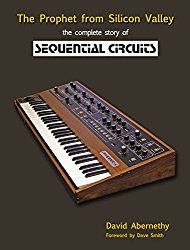
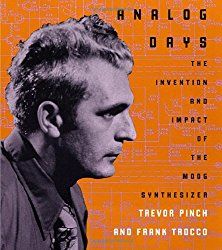
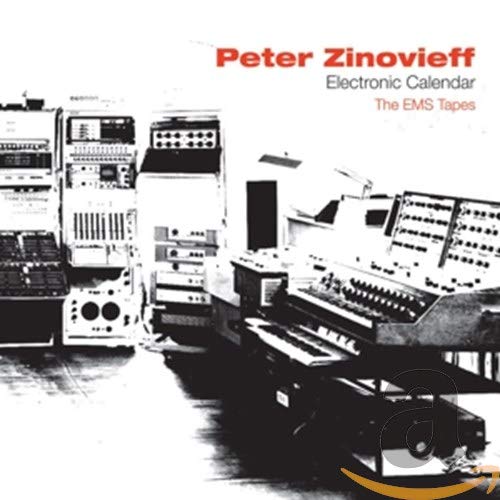
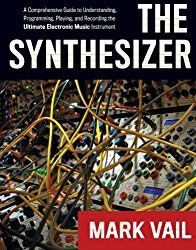

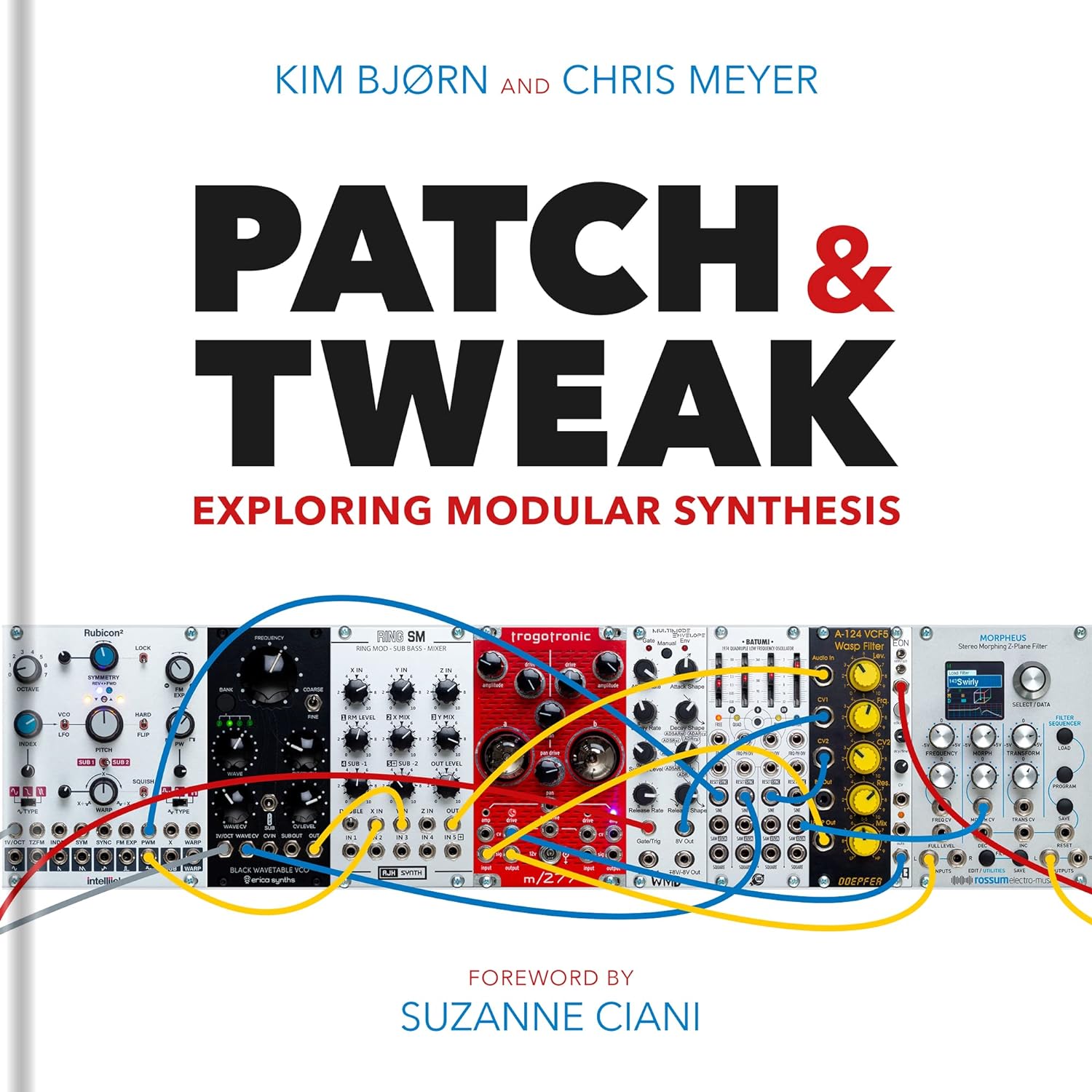
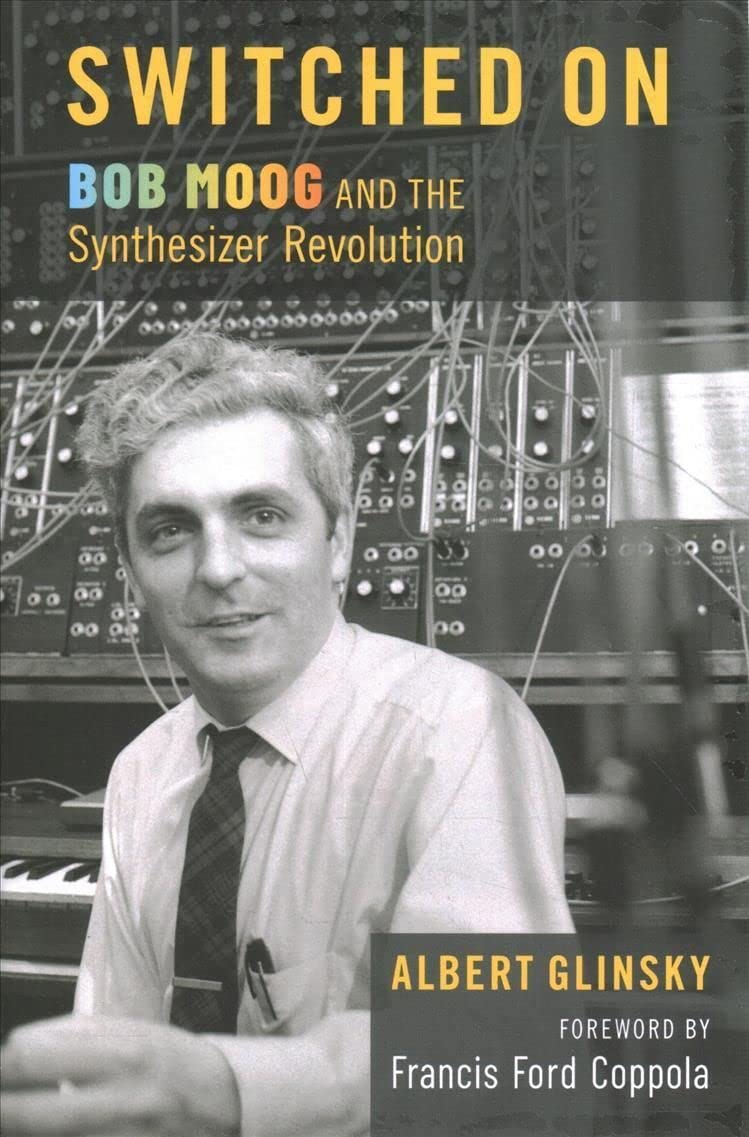
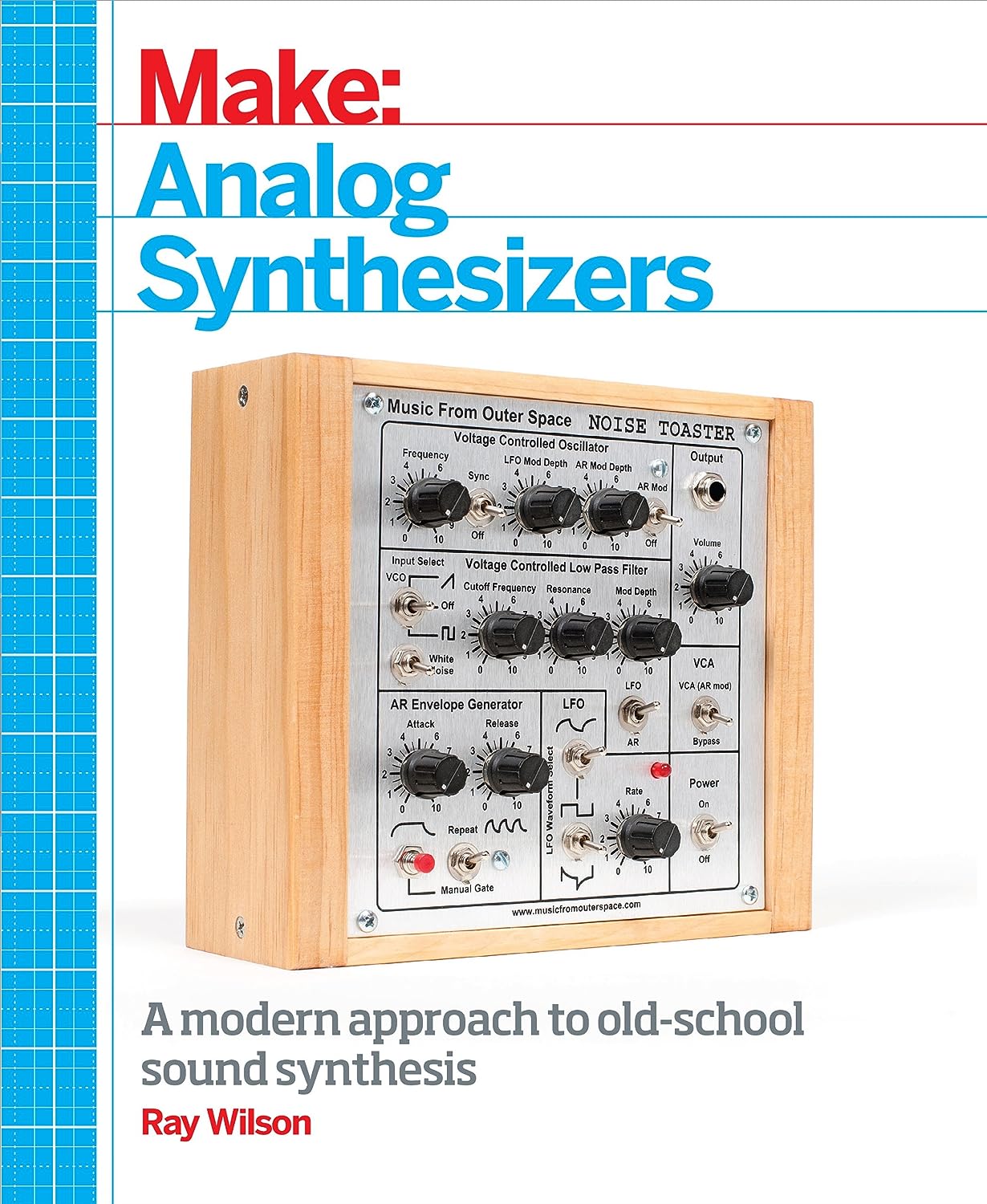
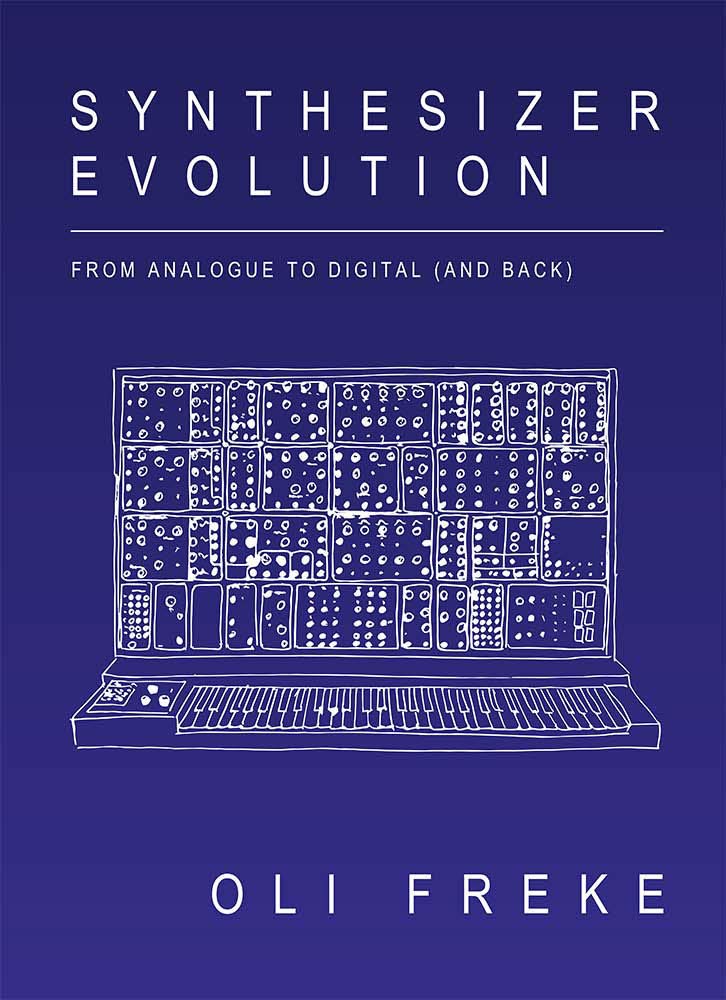

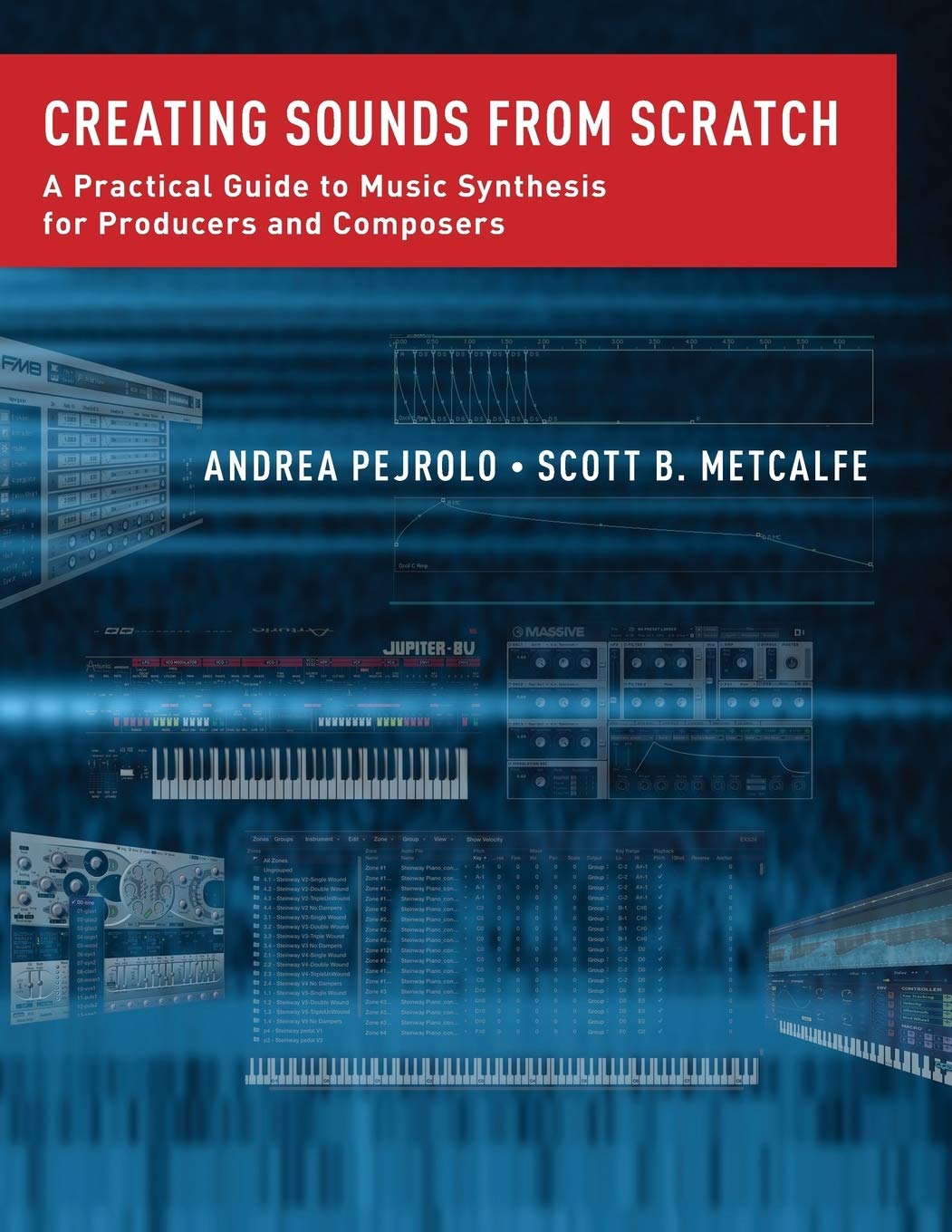


© Matrixsynth - All posts are presented here for informative, historical and educative purposes as applicable within fair use.
MATRIXSYNTH is supported by affiliate links that use cookies to track clickthroughs and sales. See the privacy policy for details.
MATRIXSYNTH - EVERYTHING SYNTH













© Matrixsynth - All posts are presented here for informative, historical and educative purposes as applicable within fair use.
MATRIXSYNTH is supported by affiliate links that use cookies to track clickthroughs and sales. See the privacy policy for details.
MATRIXSYNTH - EVERYTHING SYNTH

















